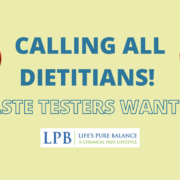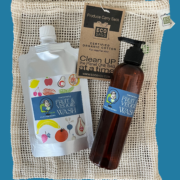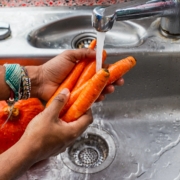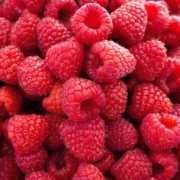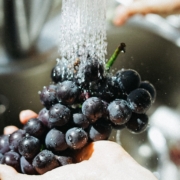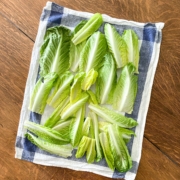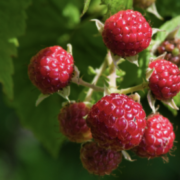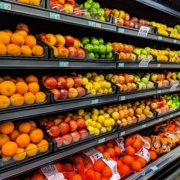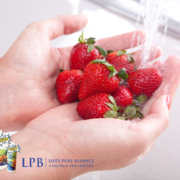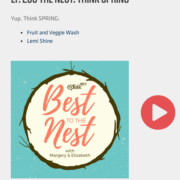Perspective
About 20 years ago, I went to China to teach English at Hunan University in the sleepy little city of Changsha (1.5 million). I learned more than I taught, and it started with perspective. Suffice it to say, we all put our pants on, one leg at a time. Beyond that, it’s a different world.
Perspective is what this article is about. Life’s Pure Balance believes that it matters how fruits and vegetables taste; as we know, if they are clean, they taste better! Our goal is to show people how easy it can be to wash your strawberries, for example. We’ve done countless taste demonstrations in supermarkets and trade shows to do that. Consumers like what our wash does, and that is the goal. What we want now are the perspectives of dietitians. Young and old; school, clinical, and home care dietitians. People who want their people to eat more of what’s good for them instead of what is convenient.
So, this is a call to dietitians in the Rochester and Twin Cities areas. We were hoping you could give us your opinions after tasting different fruits and vegetables washed in our Fruit and Veggie Wash. This is not a sales opportunity, nor is it a paid opportunity. What you’ll get is a free sample of the product. You’ll try it at home and give us your opinion. That’s it. The information we get will be randomized and reported back on this blog. Your names or personal information will not be used; well, we may want to use your first name only.
We’ll seek other groups to do the same test in the future. The groups will be from other areas of Minnesota and possibly Wisconsin because I have relatives there. The goal is to get the opinions of adults who work in the food industry. So far, most of our participants have been people willing to try a sample in a grocery store. Those results have been resoundingly positive. But by targeting groups who have more time than what the typical shopper has, we can get a better sense of what they’re tasting.
If you’re a dietitian, live in or around Rochester or Twin Cities, MN, and would like to participate, please email [email protected] and let us know. We’ll make arrangements for more information and sample shipments.
Thanks in advance,
Bill Adler, MPH, RS
Life’s Pure Balance Blogger
Bill Adler is an expert in food safety, food-borne illnesses, and the food service inspection industry. He has conducted training for the Center for Disease Control and Prevention (CDC), teaching local, state, and federal disease investigators and working with laboratory specialists and epidemiologists. In addition, Bill has worked extensively with the Minnesota Department of Health (MDH) to perform food service inspections and train local and state public health employees.

